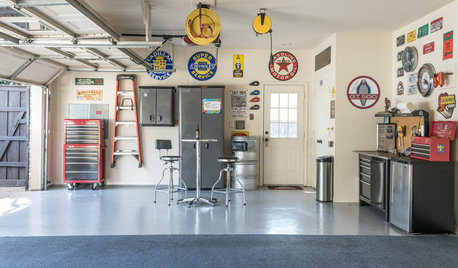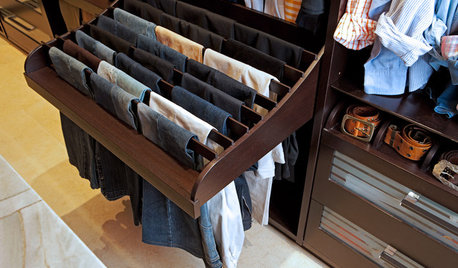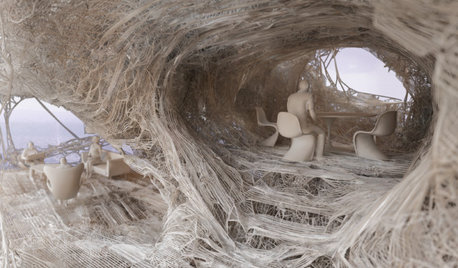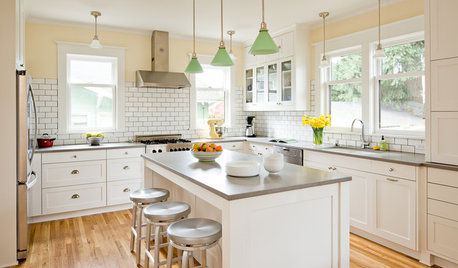Organic crabgrass killer options
theutahn
16 years ago
Related Stories

GARDENING GUIDESHow to Switch to an Organic Landscape Plan
Ditch the chemicals for a naturally beautiful lawn and garden, using living fertilizers and other nontoxic treatments
Full Story
STORAGE15 Fun Organizing Ideas for Fashionistas
Give your clothes, shoes and accessories the home they deserve with these strategies for posh storage and display
Full Story
HOUSEKEEPING7-Day Plan: Get a Spotless, Beautifully Organized Garage
Stop fearing that dirty dumping ground and start using it as the streamlined garage you’ve been wanting
Full Story
MOST POPULAROrganizing? Don’t Forget the Essential First Step
Simplify the process of getting your home in order by taking it one step at a time. Here’s how to get on the right path
Full Story
CLOSETSSimple Ways to Get Your Closet Organized Right Now
Streamline your clothing storage with strategies you can implement in a weekend
Full Story
CLOSETSThe 15 Most Popular Closet Luxuries on Houzz
Turn distressing disarray into streamlined perfection with closet organizers and amenities like these
Full Story
LANDSCAPE DESIGNIs It Time to Consider Fake Grass?
With more realistic-looking options than ever, synthetic turf can be a boon. Find the benefits and an installation how-to here
Full Story
ARCHITECTUREDiscover the Intriguing Possibilities for 3D Printing for Architecture
Would you live in a home made of printed plastic? With 3D printing, the options push architecture's limits
Full Story
MOVINGThe All-in-One-Place Guide to Selling Your Home and Moving
Stay organized with this advice on what to do when you change homes
Full Story
EARTH DAYThe Case for Losing the Traditional Lawn
Work less, help the environment and foster connections by just saying no to typical turf
Full Story





dchall_san_antonio
theutahnOriginal Author
Related Professionals
Glassmanor Landscape Architects & Landscape Designers · Manorville Landscape Architects & Landscape Designers · Richmond Heights Landscape Architects & Landscape Designers · Anderson Landscape Contractors · Chelmsford Landscape Contractors · Holtsville Landscape Contractors · Lancaster Landscape Contractors · Los Banos Landscape Contractors · Oviedo Landscape Contractors · Sugar Hill Landscape Contractors · Glenview Driveway Installation & Maintenance · Royal Oak Driveway Installation & Maintenance · Baltimore Fence Contractors · Framingham Fence Contractors · Los Angeles Fence Contractorsdchall_san_antonio
bpgreen
rcnaylor
dchall_san_antonio
theutahnOriginal Author
dchall_san_antonio
theutahnOriginal Author
bpgreen
buzzsaw8
dchall_san_antonio
theutahnOriginal Author
sudzy
soccer_dad
petalpatsy
sandradee
sudzy
deb_bie_1960_hotmail_com
solc
dchall_san_antonio
gardencat10
cappy1225
Kimmsr